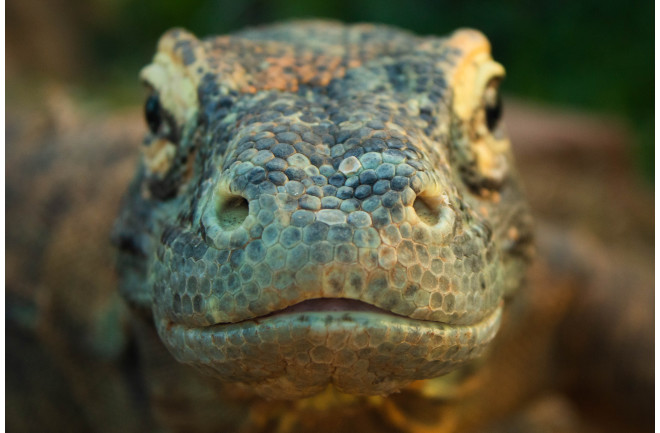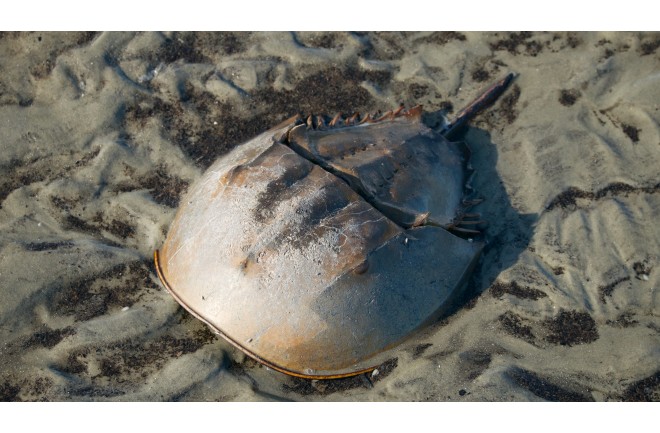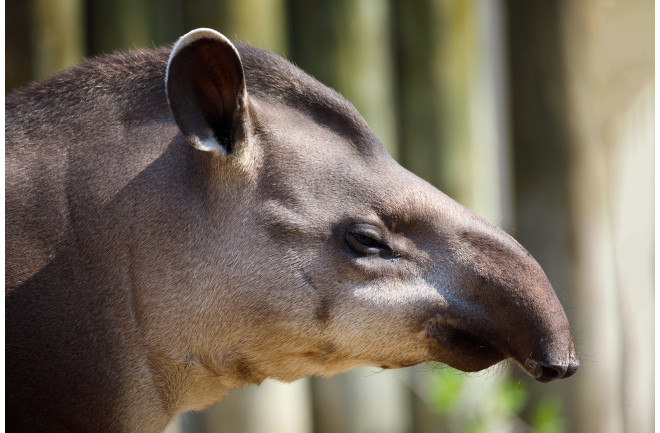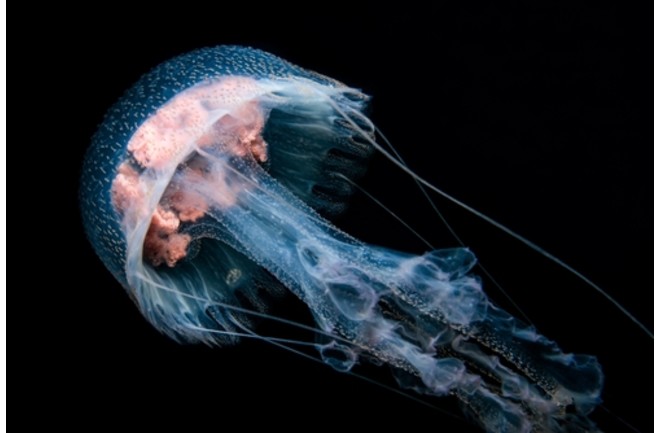Clusters of cells began to aggregate approximately 800 million years ago, leading to significant advancements in the development of life. Eventually, these cellular clusters evolved into the earliest animals on Earth.
While sponges were previously believed to be the oldest animals, recent evidence suggests that comb jellyfish actually hold this distinction. Despite numerous prehistoric animal species becoming extinct, there are still five remarkable creatures that have managed to survive.
#1: Komodo Dragon

The Komodo dragon, which emerged around four million years ago, stands as the world's largest lizard. These formidable creatures can weigh up to 300 pounds and reach lengths of up to 10 feet. Thanks to their powerful jaws, equipped with a flexible hinge, they can swiftly consume large chunks of meat.
Previously, it was believed that Komodo dragons killed their prey through the bacteria in their mouths. However, it is now known that they employ venom to accomplish this. Their venomous bite, combined with their sharp teeth, can be lethal to adult humans. Furthermore, these dragons are capable of devouring up to 80 percent of their own body weight in a single meal. In desperate situations, they can even regurgitate the contents of their stomach to facilitate a rapid escape.
#2: Horseshoe Crab

Existing for over 300 million years, the horseshoe crab is not a true crab as it lacks mandibles and antennae. Its closest relatives are spiders and scorpions. Sporting a horseshoe-shaped exoskeleton, these creatures possess long tails that aid in navigation through water and help them overturn if they find themselves upside down.
Horseshoe crabs possess unique blood that quickly coagulates when exposed to bacterial toxins. Scientists have utilized this blood for drug and vaccine testing. Unfortunately, thousands of these crabs are harvested each year, with about one-third of their blood extracted for biomedical purposes. After the process, they are released unharmed back into their natural habitats.
#3: Tapir

Despite being the largest land mammal in South America, tapirs remain relatively unknown to many. Considered a living fossil, these animals have undergone minimal changes over the past 20 million years. Unfortunately, they are currently endangered and face hunting by poachers who seek their meat and skins.
Primarily nocturnal, tapirs are herbivores that consume up to 75 pounds of leaves, plants, and fruit daily. While often compared to pigs or elephants in appearance, they are actually related to rhinos and horses. Tapirs have a strong affinity for water and frequently submerge themselves to cool off and feed on aquatic plants.
#4: Bactrian Camel

Belonging to the Camelidae family that dates back millions of years, Bactrian camels are still present today. They were initially domesticated in Mongolia and China around 5,000 to 6,000 years ago. These camels have served humans as reliable transportation in hot and arid desert climates, as they can endure long periods without food or water.
Bactrian camels have been a valuable source of food, providing meat and milk, and their hair is utilized for textile production. Additionally, there exists a separate species known as the wild Bactrian camel, which has been in existence for thousands of years and is currently endangered, with less than 1,000 individuals remaining. Interestingly, wild Bactrian camels possess the ability to drink saltwater with higher salinity levels than seawater, a phenomenon that scientists have yet to fully comprehend.
#5: Jellyfish

Jellyfish have inhabited the Earth for over 500 million years and are found across the globe, comprising over 2,000 different species. Despite their name, jellyfish are not actually fish but rather invertebrate gelatinous creatures devoid of a backbone. With their bell-shaped bodies and trailing tentacles, they gracefully drift through the water. However, they are not solely at the mercy of currents and can actively swim by contracting and releasing their muscles, propelling themselves forward.
Jellyfish undergo a complete life cycle consisting of five stages, starting from a fertilized egg and culminating in the development of an adult jellyfish, known as a medusa. While the majority of jellyfish are transparent, certain species exhibit vibrant colors or even possess bioluminescent qualities.
